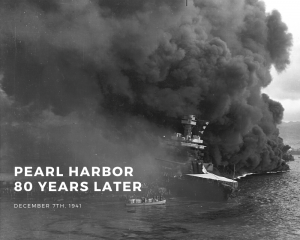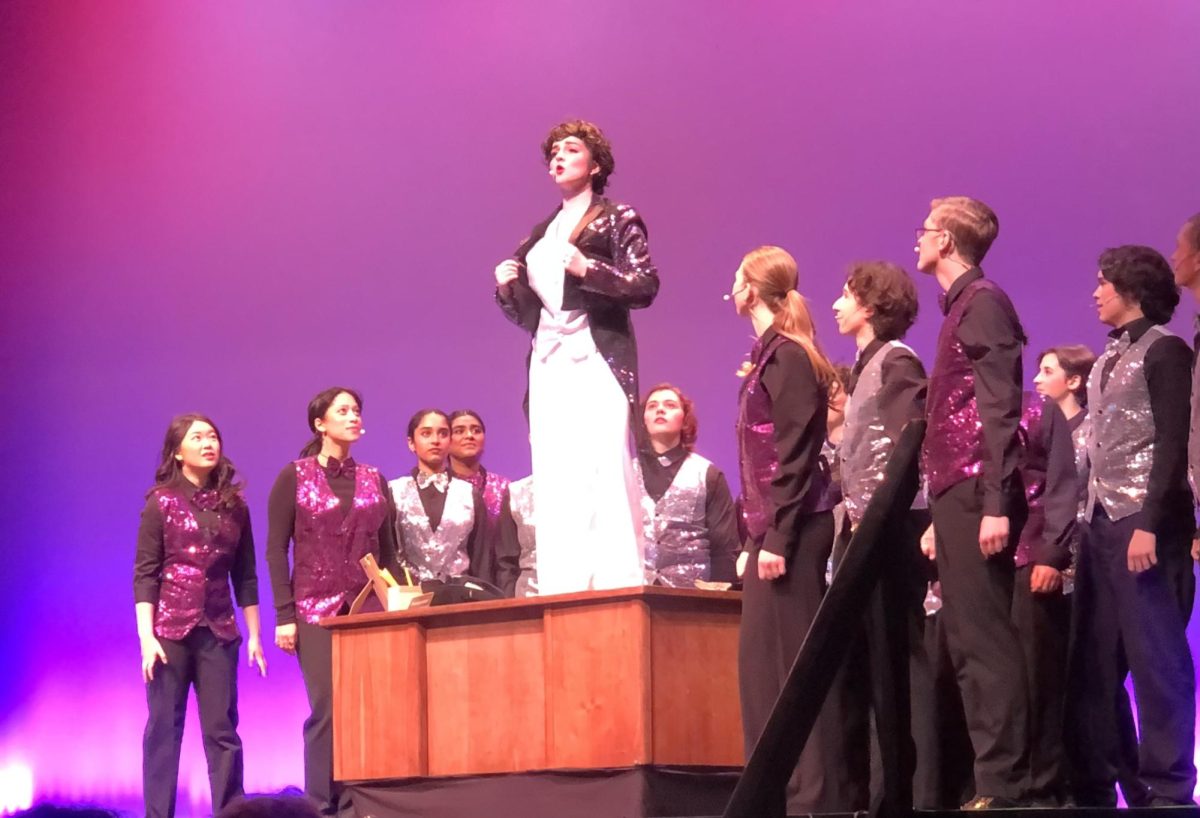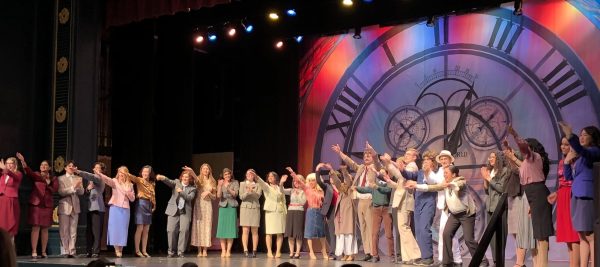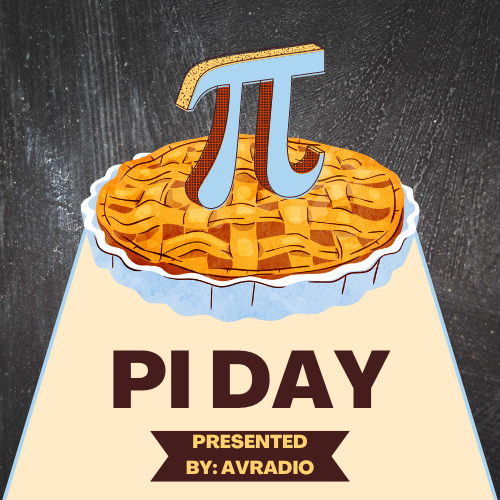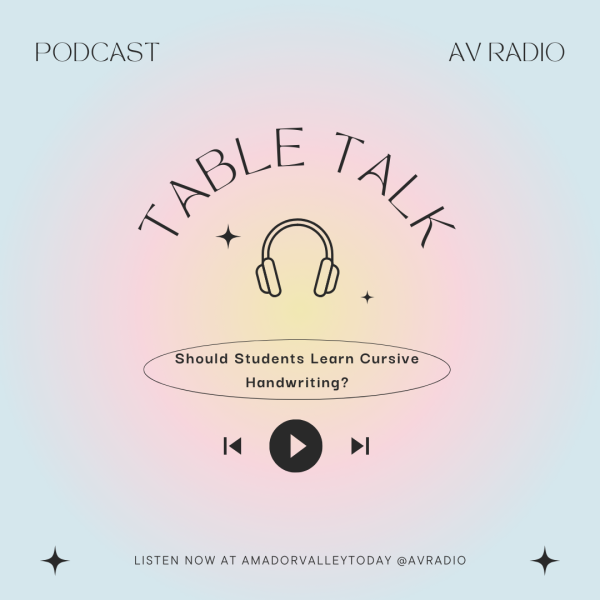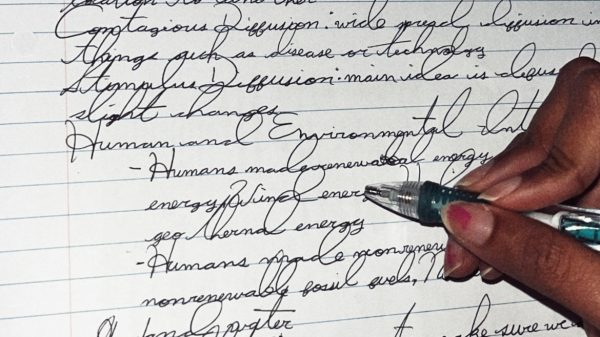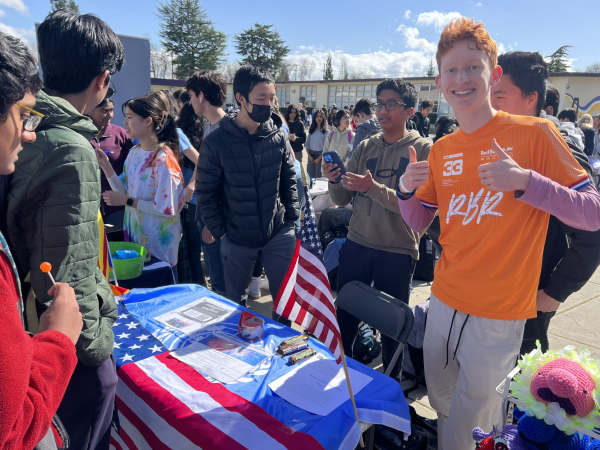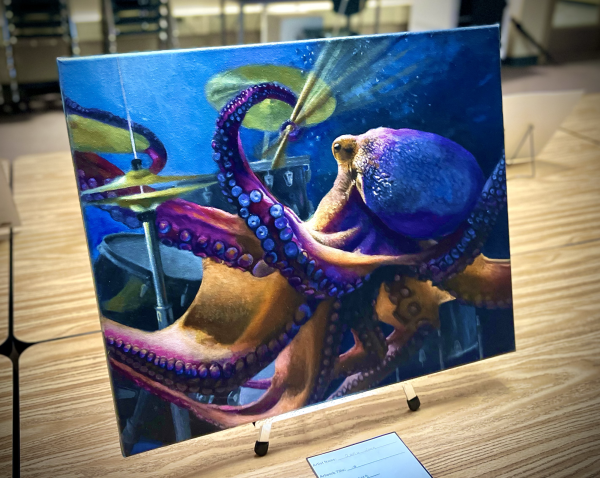USA
December 22, 2021
“December 7th 1941 was a surprise attack on our country that was neutral at that time. Until the Japanese attack on Pearl Harbor our country has been significantly in the isolationist camp,” said Amador Valley World and U.S. History teacher Jill Battilega.
Why it happened
The U.S. embargos on scrap metal and oil, freezing of Japanese assets in banks, and failed negotiations between the Japanese and the diplomatic group sent by Roosevelt were all signs that the two nations were headed away from diplomacy towards conflict.
“At least at Amador Valley, in sophomore year, we try to emphasize that it was the Japanese motive to attack the United States to be able to have autonomy in the Pacific, that’s how they saw it to rid what was standing in the way of being able to gain power, security, resources,” said Battilega.
How it happened
Despite the growing disagreement, Japan’s attack still surprised the United States.
“If we look at how when the first wave of the attack began, I used to when I went and taught in San Diego had a veteran speak with my students. He talked about watching one of the Japanese planes, one of the Zeros fly over, and his first thought was, ‘Wow the Navy’s having straight-up. legit drill, like, there’s suns on the planes.’ [He said] I think we didn’t really understand we were under attack until men started falling around me,” said Battilega.
353 planes bombed and rained guinfire down on Pearl Harbor, damaging or destroying eight U.S. battleships. Following, Japan attacked U.S. and Allied bases such as the Philippines, Midway Island, Guam, and Hong Kong.
“I think if we’re thinking about it on that day, it was inconceivable, and some of it could be rooted in racism. It was inconceivable for the United States to believe that the Japanese would have the power and the will to attack,” said Battilega.

